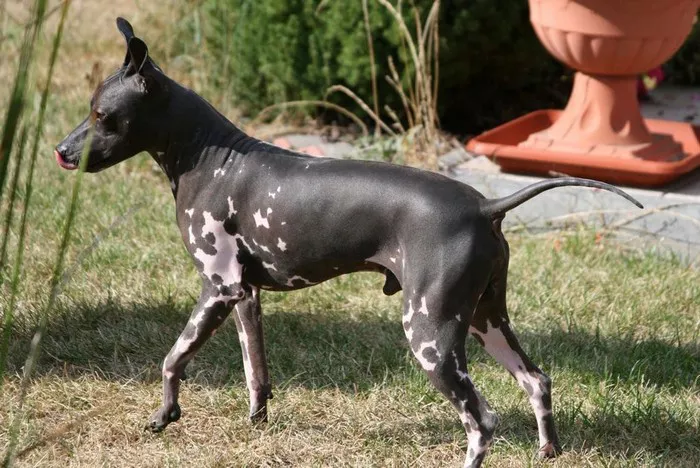Hairless dogs, also known as naked dogs, are a unique and distinctive breed that has been around for centuries. These dogs are characterized by their lack of fur or hair, which sets them apart from other breeds. While hairless dogs are often seen as exotic and unusual, they are becoming increasingly popular as pets. However, many people wonder if hairless dogs feel cold, given their lack of insulation. In this article, we will explore the physiology and behavior of hairless dogs to determine whether or not they are susceptible to cold temperatures.
Physiology of Hairless Dogs
To understand whether hairless dogs feel cold, it is important to first examine their physiology. Hairless dogs come in a variety of breeds, including the Chinese Crested, the Xoloitzcuintli (or Mexican Hairless), and the Peruvian Inca Orchid. These breeds have a genetic mutation that prevents them from growing hair or fur, and as a result, they have a unique set of physical characteristics.
One of the most notable physical traits of hairless dogs is their lack of insulation. Hair serves as a natural insulator, trapping heat close to the body and keeping the dog warm. Without hair, hairless dogs are more susceptible to changes in temperature, and this can make them feel colder than other breeds.
However, hairless dogs have also evolved unique adaptations to compensate for their lack of insulation. For example, they have more subcutaneous fat than other breeds, which helps to keep them warm. Additionally, hairless dogs have a higher metabolic rate than other breeds, which means they generate more body heat. These adaptations help to offset the lack of insulation caused by their lack of hair.
Behavior of Hairless Dogs
In addition to their unique physiology, hairless dogs also have distinct behavioral traits that can affect their susceptibility to cold temperatures. For example, hairless dogs tend to be more active than other breeds, which generates body heat and helps to keep them warm. They also enjoy snuggling and cuddling, which can help to increase body temperature and provide additional warmth.
However, hairless dogs also have a tendency to seek out warm places, such as sunny windowsills or warm blankets. This behavior is likely a result of their lack of insulation, as they are more sensitive to changes in temperature. While seeking out warm places can help to keep hairless dogs comfortable, it is important to ensure that they do not overheat, as this can also be dangerous.
Factors that Affect Cold Tolerance
While hairless dogs have unique adaptations that help to keep them warm, there are several factors that can affect their cold tolerance. Some of these factors include:
Age: Young puppies and older dogs are more susceptible to cold temperatures than adult dogs.
Size: Smaller dogs have a harder time generating and retaining body heat than larger dogs.
Health: Dogs that are sick or have underlying medical conditions may have a harder time regulating their body temperature.
Coat length: Even among hairless breeds, there can be variation in coat length. Dogs with longer coats may be better able to regulate their body temperature than those with shorter coats.
Environment: The temperature and humidity of the environment can have a significant impact on a dog’s cold tolerance.
Tips for Keeping Hairless Dogs Warm
While hairless dogs are equipped with unique adaptations to help them regulate their body temperature, it is still important to take steps to keep them warm in cold weather. Some tips for keeping hairless dogs warm include:
Dressing them in warm clothing: Sweaters, jackets, and other warm clothing can help to provide insulation and keep hairless dogs warm.
Providing a warm bed: A warm, cozy bed can help to keep hairless dogs comfortable and warm.
Keeping them active: Regular exercise and playtime can help to generate body heat and keep hairless dogs warm.
Limiting exposure to cold weather: When temperatures are extremely cold, it is important to limit a hairless dog’s exposure to the elements.
Conclusion
Hairless dogs are a unique and fascinating breed that has captured the attention of many dog lovers. While they lack the insulation provided by hair, hairless dogs have evolved unique adaptations to help them regulate their body temperature and stay warm. However, it is still important to take steps to keep hairless dogs warm in cold weather, such as dressing them in warm clothing and providing a warm bed. By understanding the physiology and behavior of hairless dogs, we can ensure that these unique and beloved pets stay comfortable and healthy.


